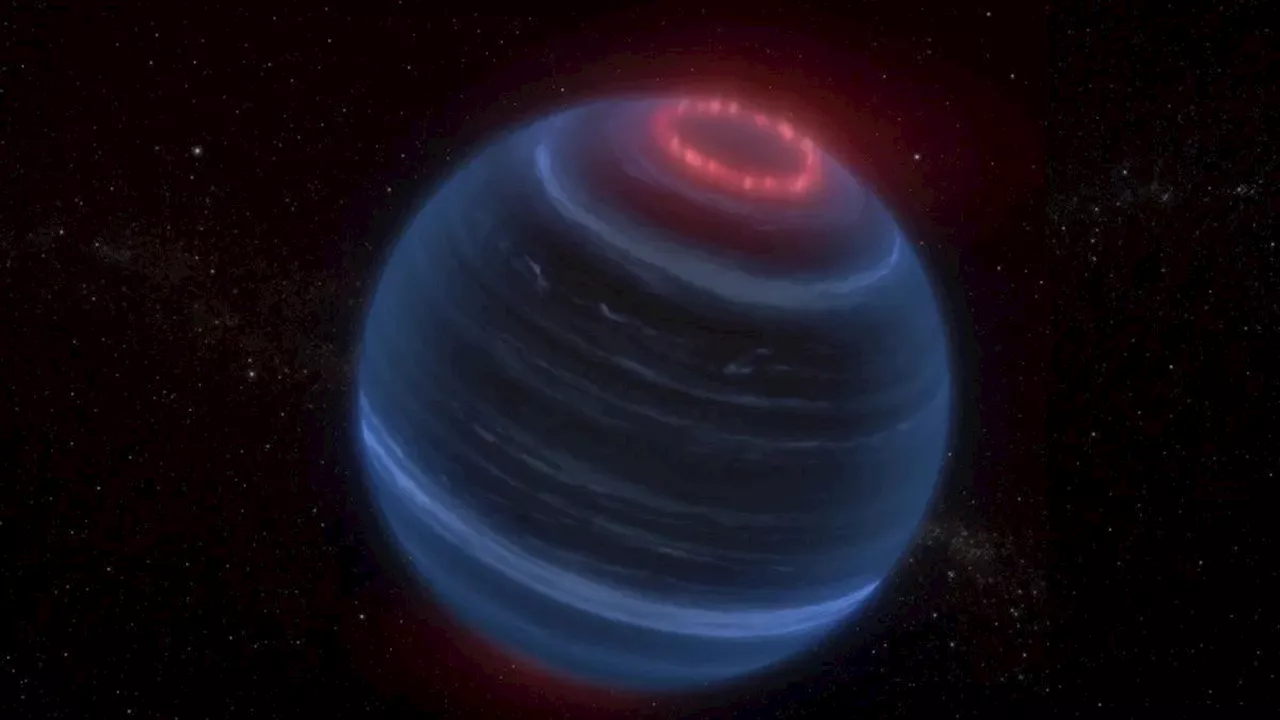Robert Lea is a science journalist in the U.K. who specializes in science, space, physics, astronomy, astrophysics, cosmology, quantum mechanics and technology. Rob's articles have been published in Physics World, New Scientist, Astronomy Magazine, All About Space and ZME Science.
Using the James Webb Space Telescope , astronomers have made the surprising discovery of methane emissions coming from a brown dwarf, or"failed star."
Related: James Webb telescope finds origins of the biggest explosion since the Big Bang — revealing a new cosmological mystery By submitting your information you agree to the Terms & Conditions and Privacy Policy and are aged 16 or over.Why do some stars fail?Brown dwarfs get their unfortunate nickname"failed stars" because, despite forming directly from a collapsing cloud of gas and dust like a star, they don't have enough mass to trigger the nuclear fusion of hydrogen to helium at their cores.
"We were pleasantly shocked when the model clearly predicted a temperature inversion," team member and University of Hertfordshire scientist Ben Burningham said in the statement."But we also had to figure out where that extra upper atmosphere heat was coming from."
United States Latest News, United States Headlines
Similar News:You can also read news stories similar to this one that we have collected from other news sources.
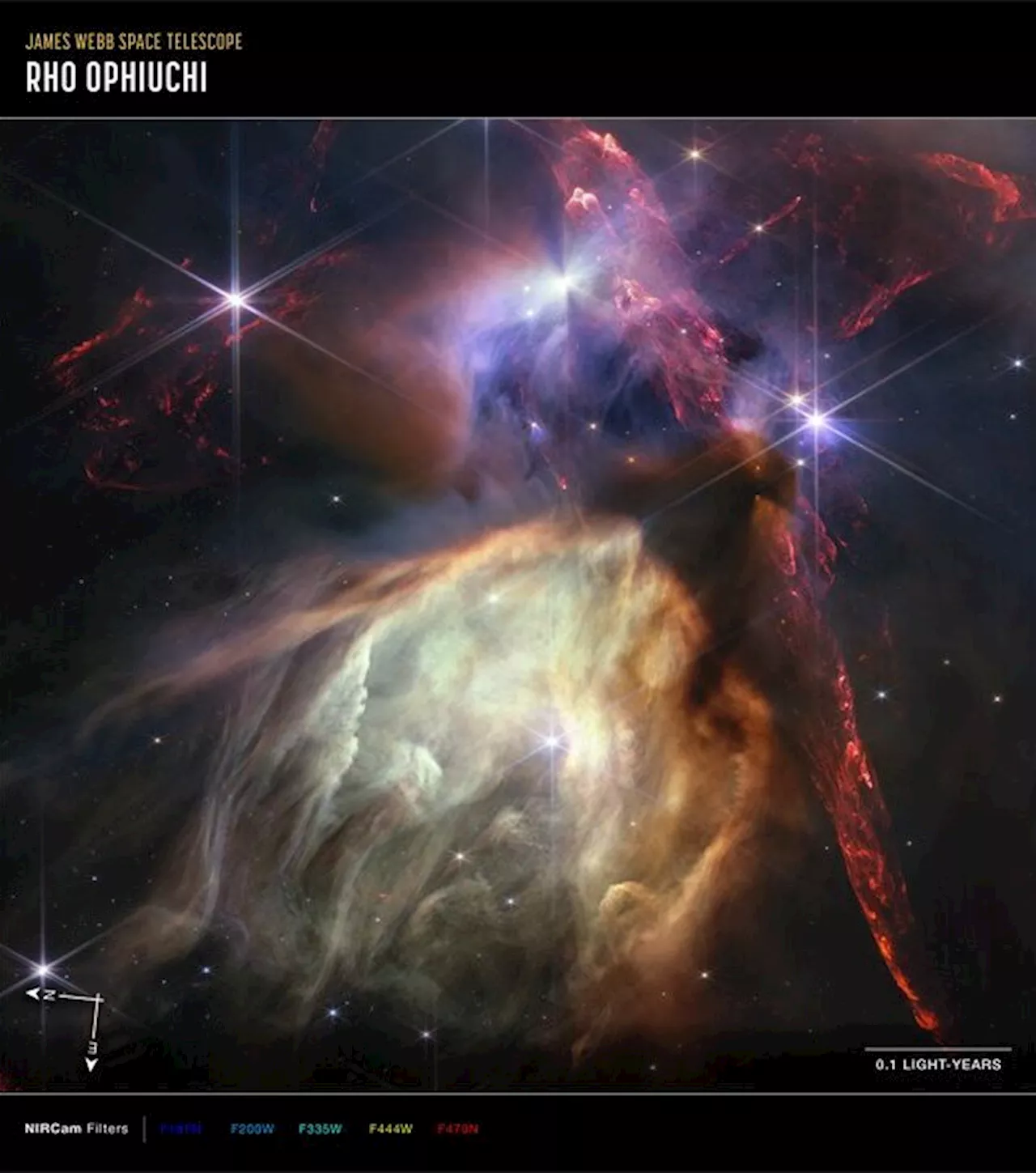 Stunning James Webb images show birth and death of massive starsThe James Webb Space Telescope continues to surprise us with stunning pictures, but of what exactly? Astronomer Nienke van der Marel shows with three images how massive stars lead short but explosive lives.
Stunning James Webb images show birth and death of massive starsThe James Webb Space Telescope continues to surprise us with stunning pictures, but of what exactly? Astronomer Nienke van der Marel shows with three images how massive stars lead short but explosive lives.
Read more »
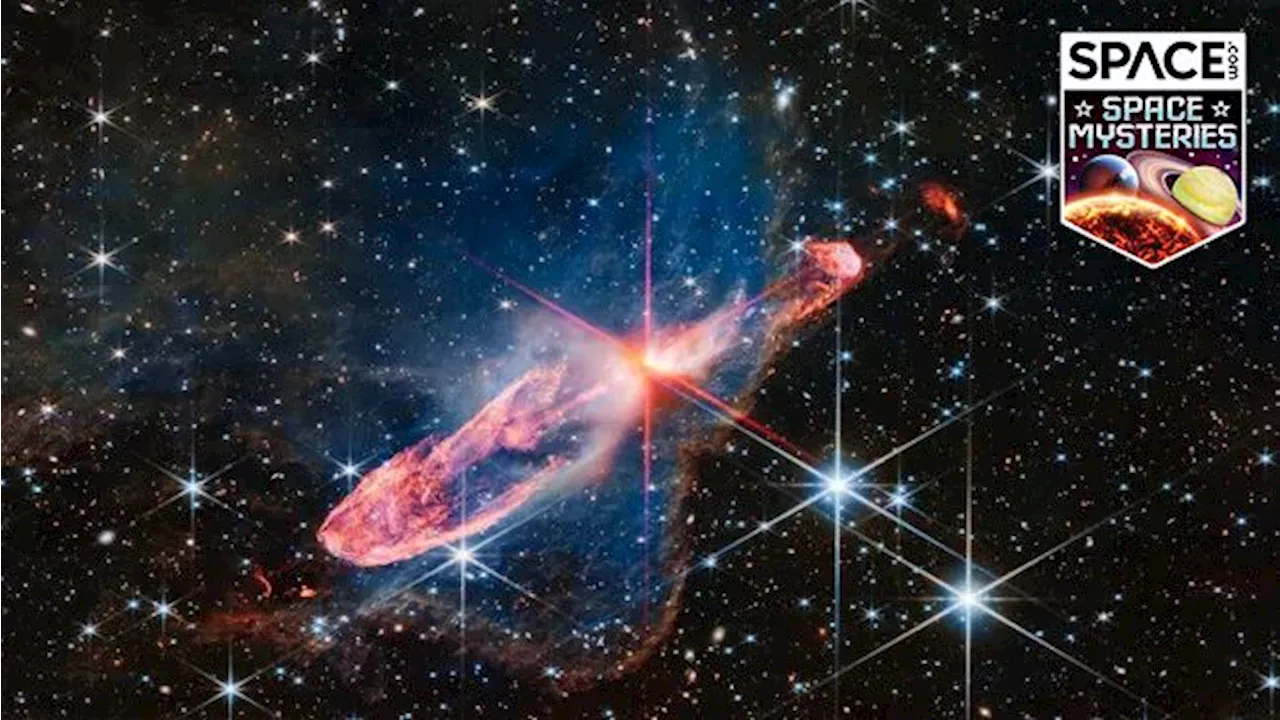 What are the true colors of images from the James Webb Space Telescope?Rebecca Sohn is a freelance science writer. She writes about a variety of science, health and environmental topics, and is particularly interested in how science impacts people's lives. She has been an intern at CalMatters and STAT, as well as a science fellow at Mashable.
What are the true colors of images from the James Webb Space Telescope?Rebecca Sohn is a freelance science writer. She writes about a variety of science, health and environmental topics, and is particularly interested in how science impacts people's lives. She has been an intern at CalMatters and STAT, as well as a science fellow at Mashable.
Read more »
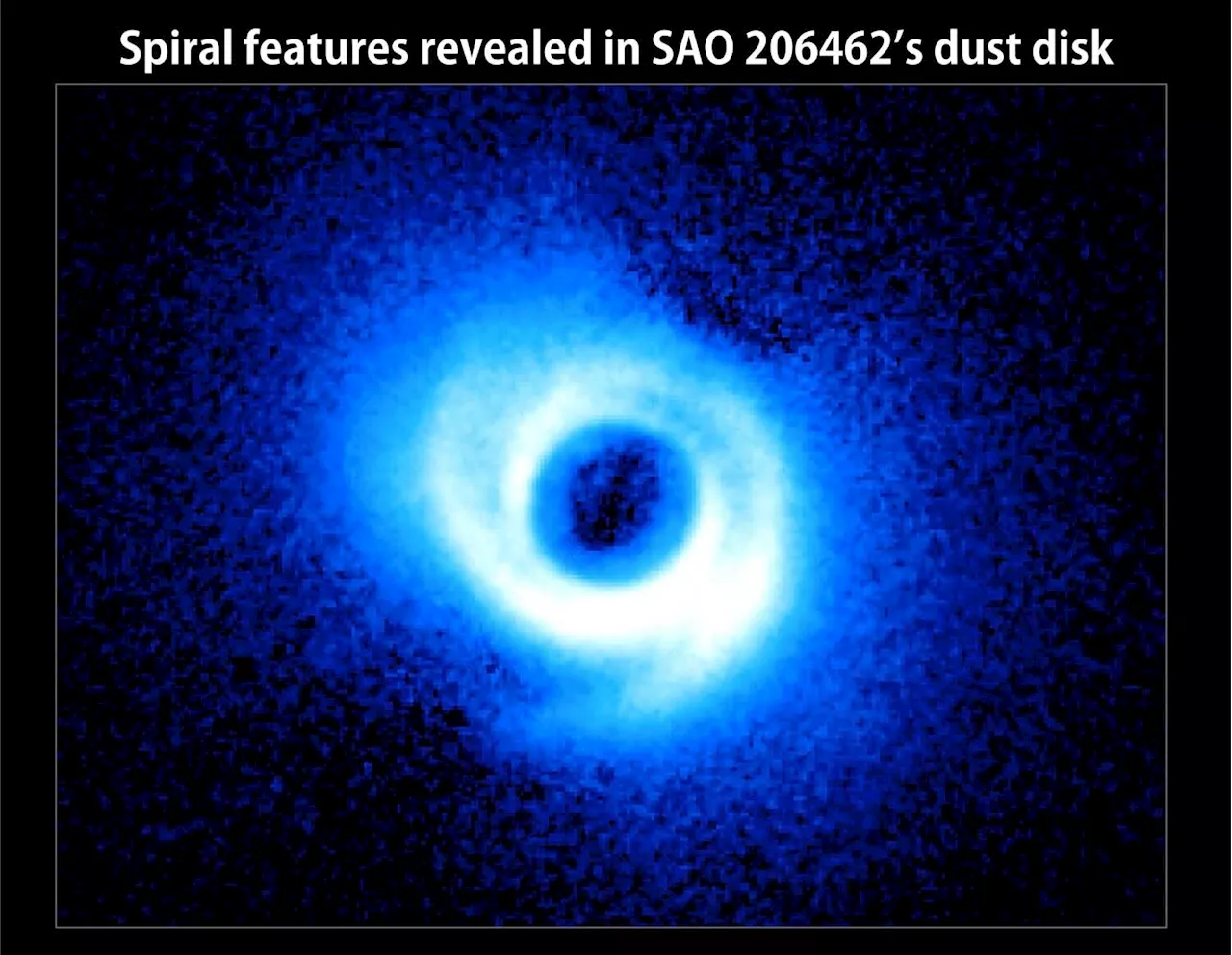 Astronomers conduct first search for forming planets with James Webb Space TelescopePlanets form in disks of dust and gas called protoplanetary disks that whirl around a central protostar during its final assembly. Although several dozens of such disks have been imaged, just two planets have been caught in the act of forming so far.
Astronomers conduct first search for forming planets with James Webb Space TelescopePlanets form in disks of dust and gas called protoplanetary disks that whirl around a central protostar during its final assembly. Although several dozens of such disks have been imaged, just two planets have been caught in the act of forming so far.
Read more »
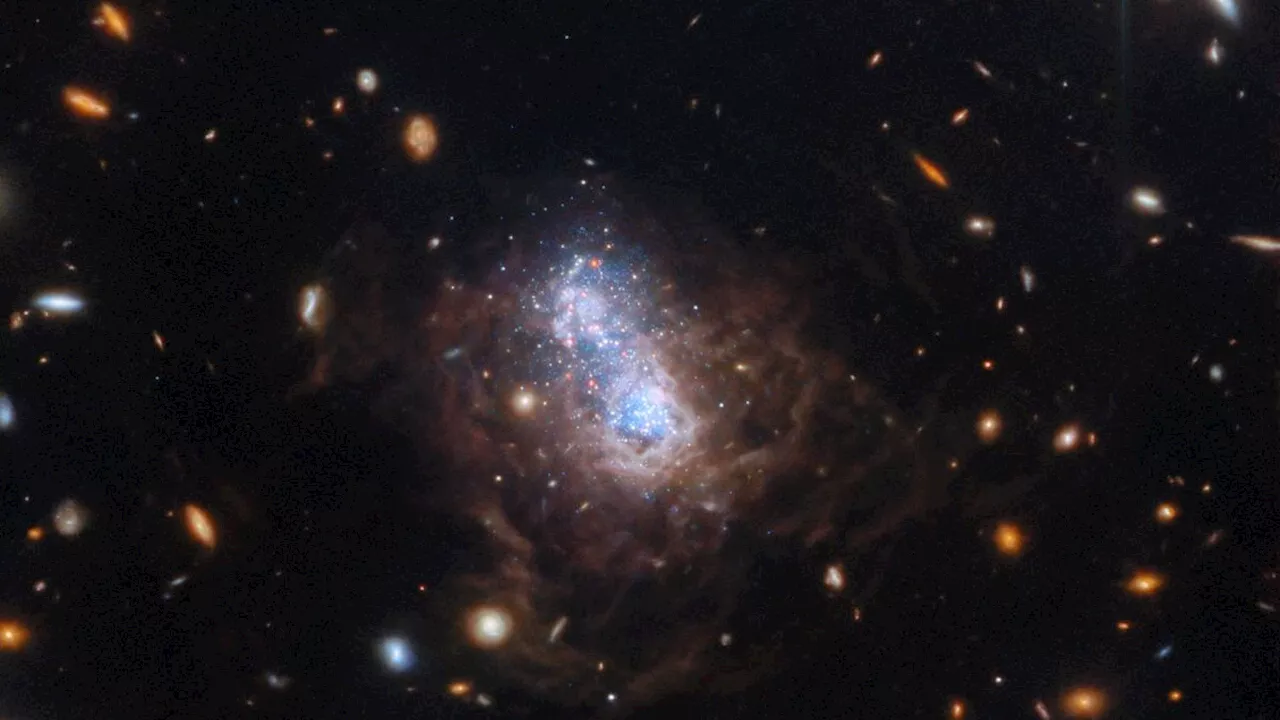 Gorgeous James Webb Space Telescope image captures sparkling stars, old and newSamantha Mathewson joined Space.com as an intern in the summer of 2016. She received a B.A. in Journalism and Environmental Science at the University of New Haven, in Connecticut. Previously, her work has been published in Nature World News.
Gorgeous James Webb Space Telescope image captures sparkling stars, old and newSamantha Mathewson joined Space.com as an intern in the summer of 2016. She received a B.A. in Journalism and Environmental Science at the University of New Haven, in Connecticut. Previously, her work has been published in Nature World News.
Read more »
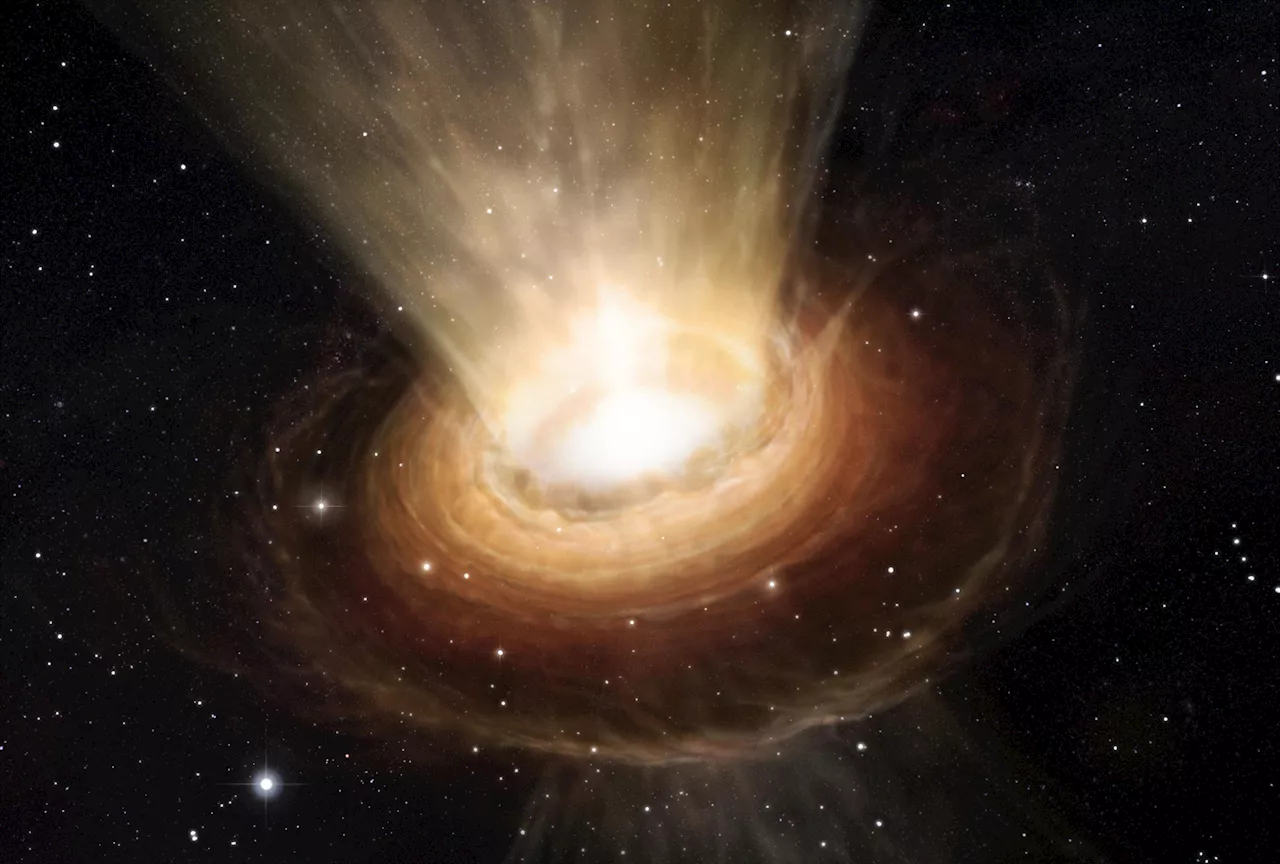 James Webb Space Telescope Captures the Final Stages of Planet FormationScience, Space and Technology News 2024
James Webb Space Telescope Captures the Final Stages of Planet FormationScience, Space and Technology News 2024
Read more »
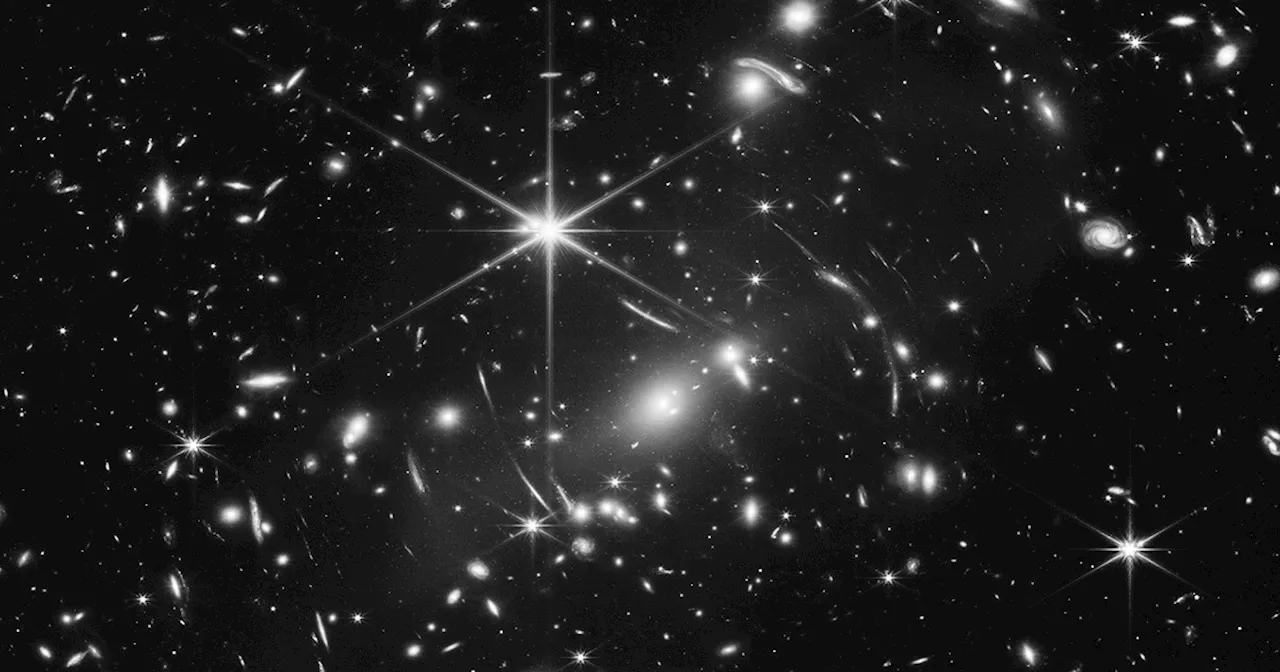 The James Webb’s Beautiful Images Actually Arrive in Black and WhiteScience and Technology News and Videos
The James Webb’s Beautiful Images Actually Arrive in Black and WhiteScience and Technology News and Videos
Read more »
